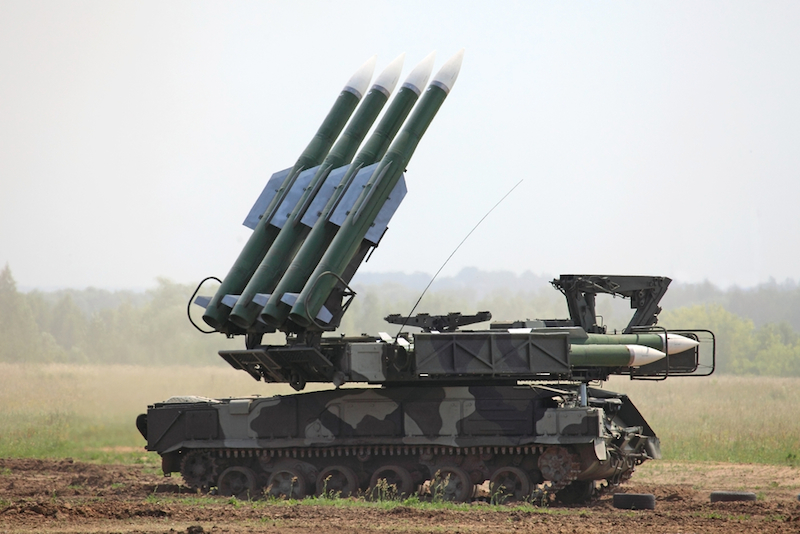Malaysia Airlines Disaster: How a Missile Could Take Down a Plane

This story was updated at 9:06 p.m. ET.
A Malaysia Airlines flight en route from Amsterdam to Kuala Lumpur, Malaysia, was downed over a warzone in eastern Ukraine today (July 17). Ukrainian government officials said a surface-to-air missile may have taken down the airplane.
Flight MH17 crashed in the region of Donetsk, a pro-Russian rebel stronghold, killing all 298 people aboard, reported Anton Gerashchenko, an advisor to Ukraine's interior minister. Ukrainian President Petro Poroshenko said in a statement he wasn't ruling out the possibility that the plane was shot down, and the United States has since concluded the airplane was shot down, a senior U.S. official told CNN.
Ukrainian forces and pro-Russian rebels have been embroiled in conflict since the Ukrainian Revolution in February and subsequent struggle for control of the Crimean Peninsula, which was annexed by Russia in March. Though not part of Crimea, Donetsk is a self-proclaimed unrecognized state.
A surface-to-air missile is a type of warhead launched from the ground to destroy aircraft or other missiles. Pro-Russian rebels reportedly shot down a Ukrainian cargo plane and a fighter jet earlier this week using such missiles, according to CBS News.
There are three classes of surface-to-air missiles: heavy, fixed long-range systems; medium-range systems mounted on vehicles; and short-range, shoulder-launched systems. [7 Technologies That Transformed Warfare]
The type that may have been used to shoot down the Malaysia Airlines flight is a Buk missile, an old Soviet-era, self-propelled, medium-range surface-to-air missile. The weapons system, first introduced in 1979, is designed to target cruise missiles, fixed and rotary wing aircraft, or smartbombs. Such medium-range, surface-to-air missile systems are designed for minimal setup time.
Sign up for the Live Science daily newsletter now
Get the world’s most fascinating discoveries delivered straight to your inbox.
The Malaysia Airlines plane was flying at a normal cruising altitude of about 33,000 feet (10,000 meters) when it disappeared from radar, the Interfax-Ukraine news agency reported. This is well within the range of a Buk launcher, which can fire missiles up to an altitude of 72,000 feet (22,000 m).
Buk missiles track their targets using semi-active radar homing, in which the missile serves as a passive detector of radar signals reflected off the target from a separate transmitter. Without the added weight of onboard radar transmitters, these missiles can be launched over greater distances.
But a plane flying at cruising altitude would likely be "very difficult" to mistake for a military plane, Mary Schiavo, an aviation expert and former inspector general of the U.S. Department of Transportation, told CNN. However, "the plane could have been 'squawking' the wrong code," or an errant heat-seeking missile could have shot the plane down, she said.
Most surface-to-air missile systems are equipped with identification friend-or-foe (IFF) systems that are designed to relay critical information about a target, such as its range and bearing, before a weapon is launched.
Malaysia Airlines, which made headlines in March when a different airplane went missing over the Indian Ocean, tweeted that it lost contact with Flight MH17, and last made contact with the Boeing 777 plane over Ukrainian airspace.
"Our thoughts and prayers are with those on board the Malaysia Airlines airplane lost over Ukrainian airspace, as well as their families and loved ones," officials at American aerospace giant Boeing said in a statement. "Boeing stands ready to provide whatever assistance is requested by authorities."
Editor's Note: This story was updated to reflect the revised number of passengers aboard Malaysia Airlines Flight MH17.
Follow Tanya Lewis on Twitter and Google+. Follow us @livescience, Facebook & Google+. Original article on Live Science.










